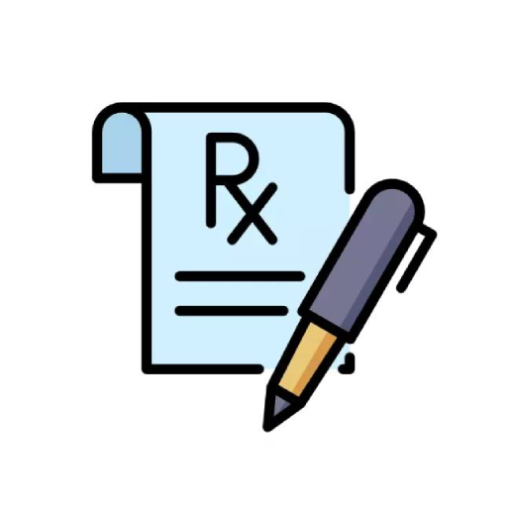Introduction
Monkeypox, a rare but potentially serious viral infection, has recently garnered significant attention due to outbreaks in various parts of the world. Although it is not as contagious as diseases like COVID-19, monkeypox still poses a public health concern, particularly in regions where it has been identified. This article aims to raise awareness about monkeypox, detailing its symptoms, modes of transmission, preventive measures, and the steps individuals and communities can take to protect themselves.
What is Monkeypox?
Monkeypox is a viral zoonotic disease, meaning it is transmitted from animals to humans. It is caused by the monkeypox virus, a member of the Orthopoxvirus genus, which also includes the variola virus (responsible for smallpox). Despite its name, monkeypox was first identified in 1958 in monkeys kept for research, but rodents are now considered the primary carriers of the virus. The first human case was recorded in 1970 in the Democratic Republic of the Congo.
Symptoms of Monkeypox
The symptoms of monkeypox are similar to those of smallpox but generally milder. The incubation period (time from exposure to onset of symptoms) ranges from 5 to 21 days. The disease typically progresses through the following stages:
- Initial Symptoms (Prodrome Phase):
- Fever
- Headache
- Muscle aches
- Backache
- Swollen lymph nodes
- Chills
- Exhaustion
- Rash Development:
- Within 1 to 3 days after the appearance of fever, a rash develops, often beginning on the face and spreading to other parts of the body, including the palms of the hands and soles of the feet.
- The rash progresses through different stages: macules (flat lesions), papules (raised lesions), vesicles (fluid-filled lesions), pustules (pus-filled lesions), and scabs.
- The rash usually lasts for 2 to 4 weeks before healing.
Modes of Transmission
Monkeypox can spread through several routes, making it important to understand how the virus is transmitted:
- Animal-to-Human Transmission:
- Direct contact with the blood, bodily fluids, or skin lesions of infected animals.
- Handling or consuming undercooked meat from infected animals, particularly rodents and primates.
- Human-to-Human Transmission:
- Close contact with respiratory secretions, skin lesions, or bodily fluids of an infected person.
- Contact with contaminated materials, such as bedding or clothing.
- Prolonged face-to-face contact, particularly in household settings.
- Vertical Transmission:
- Pregnant women can transmit the virus to their fetus through the placenta.
Prevention Strategies
Preventing monkeypox involves several key strategies, both at the individual and community levels:
- Personal Preventive Measures:
- Avoid contact with animals that could harbor the virus, particularly in regions where monkeypox is endemic.
- Practice good hygiene, such as regular handwashing with soap and water or using alcohol-based hand sanitizers.
- Avoid close contact with individuals who have a monkeypox-like rash or are confirmed cases.
- Use personal protective equipment (PPE) when caring for an infected person.
- Community and Public Health Measures:
- Health authorities should conduct active surveillance to identify and isolate cases promptly.
- Implement vaccination programs using the smallpox vaccine, which provides cross-protection against monkeypox.
- Educate the public about the risks of handling wild animals and the importance of reporting suspected cases.
- Ensure proper disposal of waste materials from infected individuals to prevent environmental contamination.
Treatment and Management
Currently, there is no specific treatment for monkeypox, and care is primarily supportive. This includes managing symptoms such as fever and pain, preventing dehydration, and treating secondary bacterial infections if they occur. Antiviral drugs like tecovirimat, originally developed for smallpox, may be used in severe cases, but their effectiveness specifically against monkeypox is still being studied.
Vaccination is an important preventive tool. The smallpox vaccine has been shown to provide approximately 85% protection against monkeypox. In regions where monkeypox outbreaks occur, ring vaccination (vaccinating close contacts of confirmed cases) is a recommended strategy.
Conclusion
Monkeypox is a serious disease, but with the right knowledge and preventive measures, its spread can be controlled. Awareness is the first step in protecting yourself and others from this virus. By understanding the symptoms, modes of transmission, and prevention strategies, individuals and communities can contribute to minimizing the impact of monkeypox outbreaks. Public health authorities, healthcare professionals, and the public must work together to stay informed and prepared in the face of this emerging health threat.
This article is designed to be a comprehensive resource for understanding monkeypox. Whether you are a healthcare professional, a concerned individual, or a community leader, staying informed is crucial in the fight against infectious diseases. Share this information with your community to help raise awareness and promote public health.





